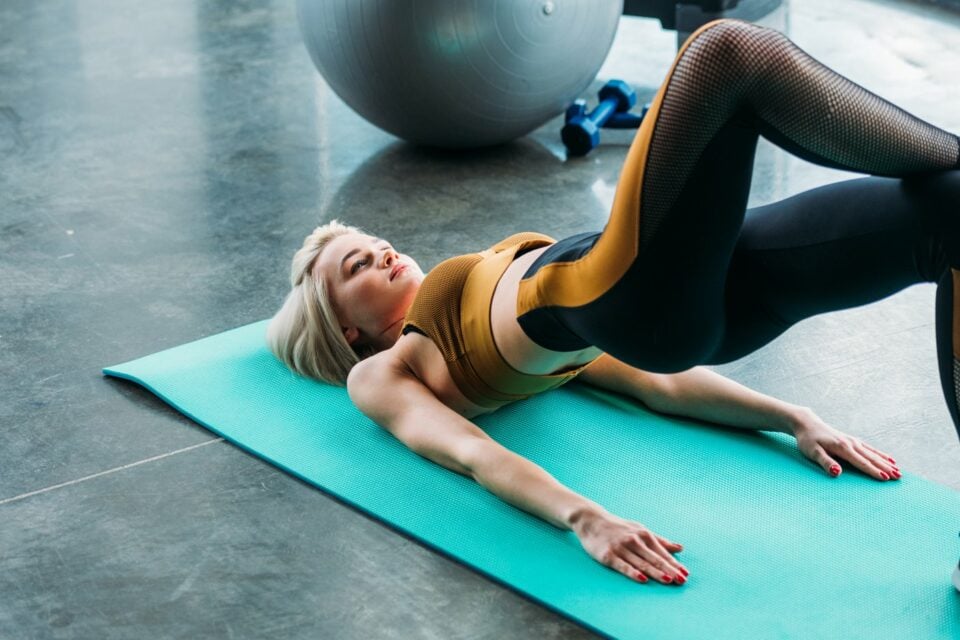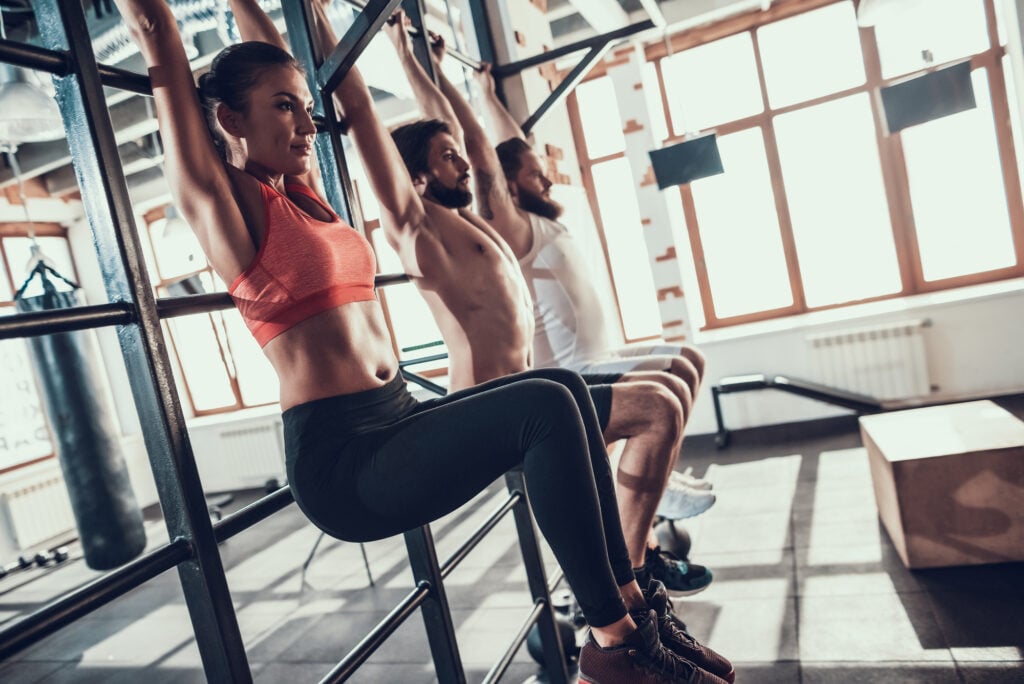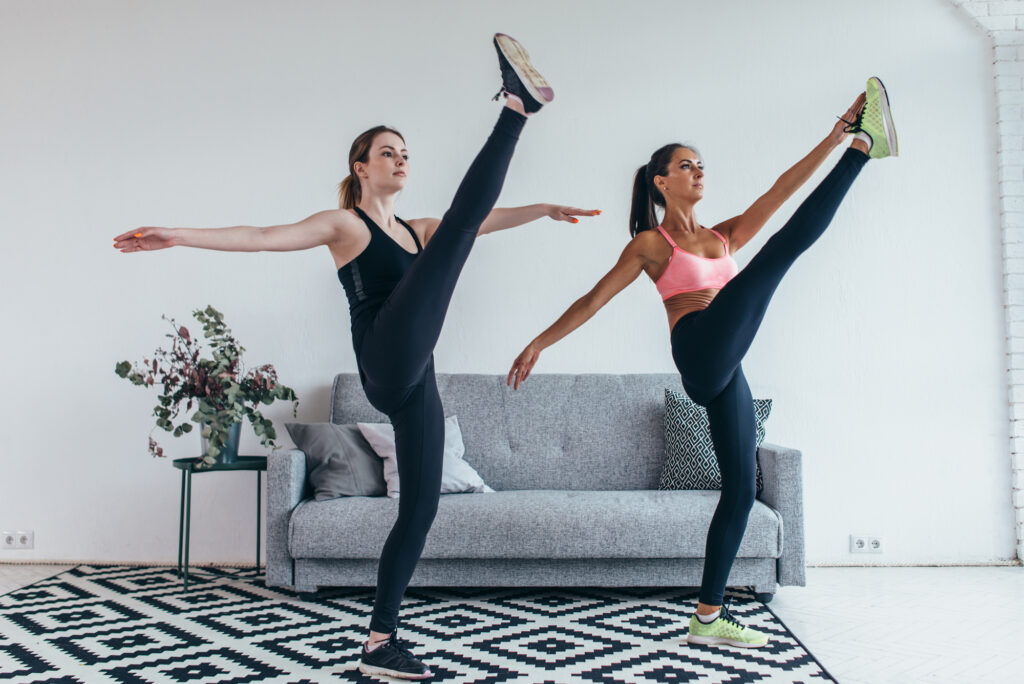Psoas muscle: the muscle of the soul

The psoas muscle is the deepest and most stabilizing muscle in the human body that connects the spine to the lower limbs, making it responsible for keeping us standing and allowing us to lift our legs to walk.
When strong and flexible, the psoas muscle stabilizes the spine and forms good support for the abdominal organs. Recent studies also consider this muscle is more than that, it is a perception organ composed of bio-intelligent tissue that makes us aware of the messages that our body sends us, namely through emotions.
The so-called “butterflies in the stomach” are a sign of agitation, surprise or nervousness and are noticeable because the psoas is linked to the diaphragm through the fascia, influencing breathing and reflexing fear.
The importance of psoas muscle
A healthy psoas muscle allows for greater diaphragm expansion, improves spinal posture, improves the normal functioning of the abdominal organs, heart and breathing. Another special feature is the passage through the abdomen influencing all the viscera. It’s a large, unnerved, biarticular muscle that undergoes some refractions.
Orientals, especially the Chinese and the Indians (Ayurvedic medicine), believe that the abdomen concentrates a great charge of energy. If we think of Ayurveda, there are 4 of the 7 chakras that pass through this region. That is, the vital energy is influenced and influences the psoas muscle.
According to traditional Chinese medicine, the liver is the organ that performs the main clinical functions, but it is also an organ that cares for and influences the muscles, whether psoas or any other. At the same time, the liver is also responsible for emotions. Every time we get these emotions, the liver tells the central nervous system that it needs to react. Every time you are nervous, you create muscle tension. So these emotions directly influence every muscle, from the smallest to the largest.
Posture is one of the main indicators of our energetic and emotional condition. When we are relaxed we are more open, when we are tense we are more closed. When we are feeling safe we impose ourselves. When we are balanced in life, we run, walk, ride, move more. When we have emotional problems, we lock up and the body needs to warn us.
Emotions and feelings shown by the psoas muscle
Emotions and feelings are much more than momentary things. The psoas muscle acts as a kind of emotion interface for our posture. Psoas shows, through physical posture, what the person is feeling. It’s a behavioral reaction to what one is experiencing. And if a person’s posture speaks more than emotion, we can conclude that a person who has a shortened and closed posture does not have much ability to move because it hurts.
All of these symptoms show what the person is feeling at that period in life, and psoas gives these hints of what is emotionally affecting that person. It’s all about the body reacting to a one’s posture and emotions.
Release, train and stretch the psoas muscle
Hanging Leg Lift

Hang from a bar that’s high enough your feet don’t touch the ground when they’re extended. Try to flex your hips and knees simultaneously as you draw the knees as high as possible, and don’t kip or swing. Consider ankle weights to make things tougher.
Psoas March

It’s important to make sure that the upper leg is bent pretty deeply, into more than 90 degrees of flexion. Keep the belly button in and the core braced, and the lumbar spine flat against the ground. This recruits the hip flexors and the core muscles as they keep the lumbar spine braced.
Frankensteins

This move doubles as a dynamic warm-up for the hamstrings and a way to prepare the legs for a workout. Make sure you keep the spine erect – if you don’t have flexible hamstrings, the back will flex forward. A more challenging and effective version of this exercise is called a standing gate opener, which requires you to laterally swing the leg left and right as far as possible at the top of the movement.
If you have a history – or potential future – of posture problems and knee and low back pain, and especially if you spend your days sitting at a desk, there’s a good chance you’ll benefit from dropping these movements into your routine.
You may also like:
- Yoga or Pilates: how to choose the best one for you
- Yoga poses for beginners: the gateway to a regular practice
- Clinical Pilates: all you need to know

